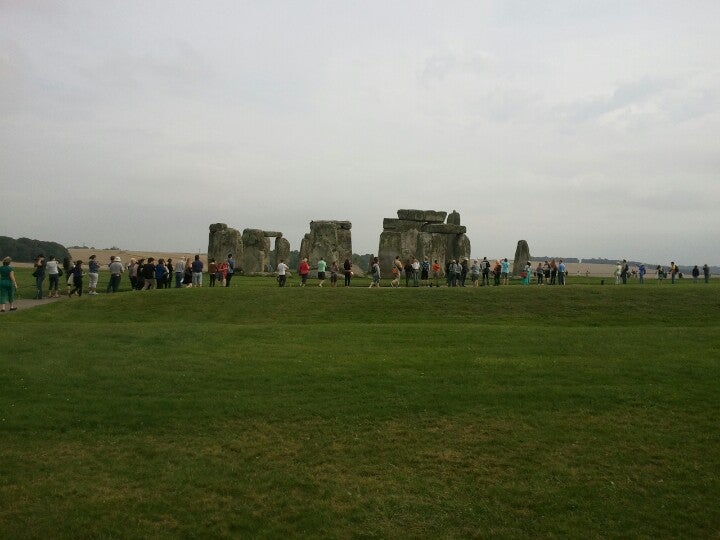As a child growing up in East London in the early 1970s I vividly remember the scattered derelict plots that were the vestiges of bombed-out buildings of the Blitz and the family stories that accompanied each, so and so was killed here, this bomb fell on such a date, the day the house was bombed, my mother pursued along the High Road by a marauding Messerschmidt. In our sideboard we had a scrapbook that held a copy of the bomb census map, published in the local paper just after the War ended. Fascinated I poured over it, looking for all the bombs that fell near our family home.
So here is something rather special and evocative for me. Bomb Sight is an interactive map of the London Blitz, resulting from a JISC funded research project led by Dr Kate Jones in the Department of Geography at the University of Portsmouth. As well as being a fascinating piece of research, it is a great example of the power of GIS and web mapping to mash together disparate data to generate new insight and meaning, and has some really nice, clean cartography to boot.
Available via the project website and soon as an Android Ap with added augmented reality function, this is a very clever use of technology and personally carries me back to those childhood days of parental reminiscence and a not so distant and ominous past.























